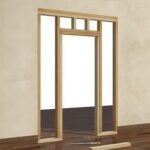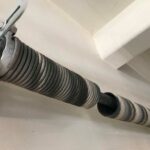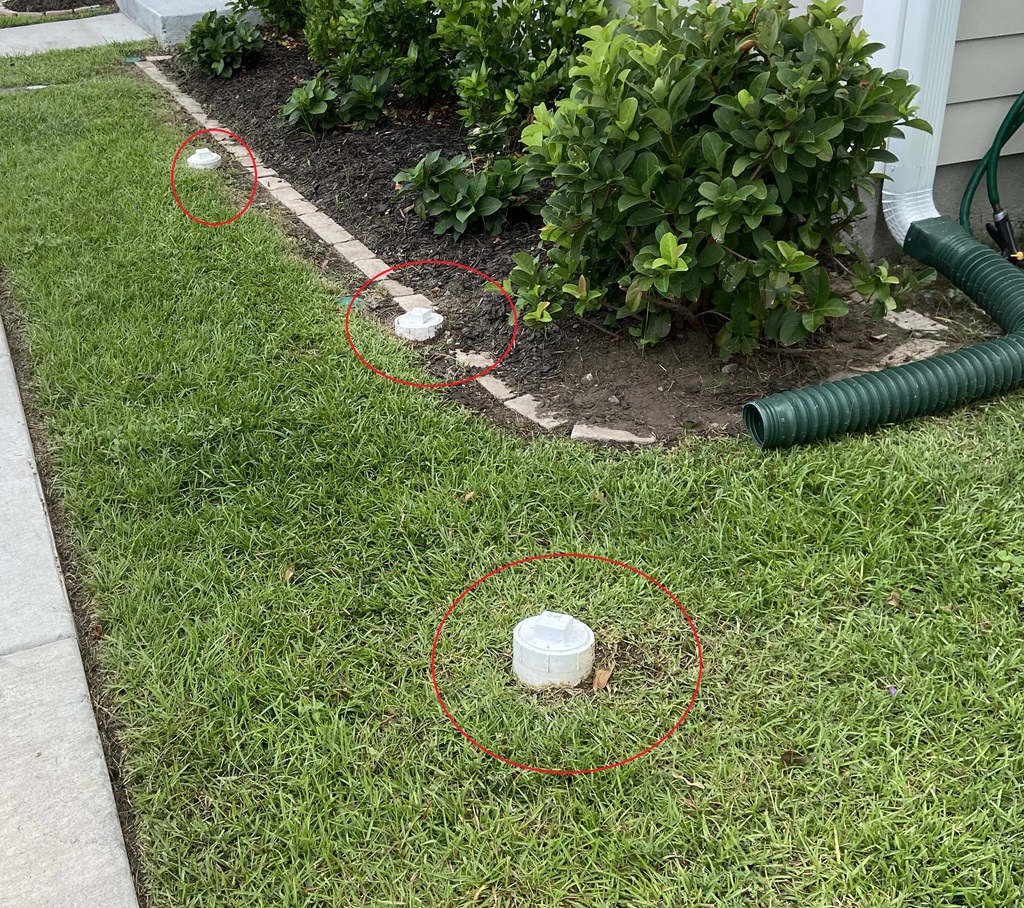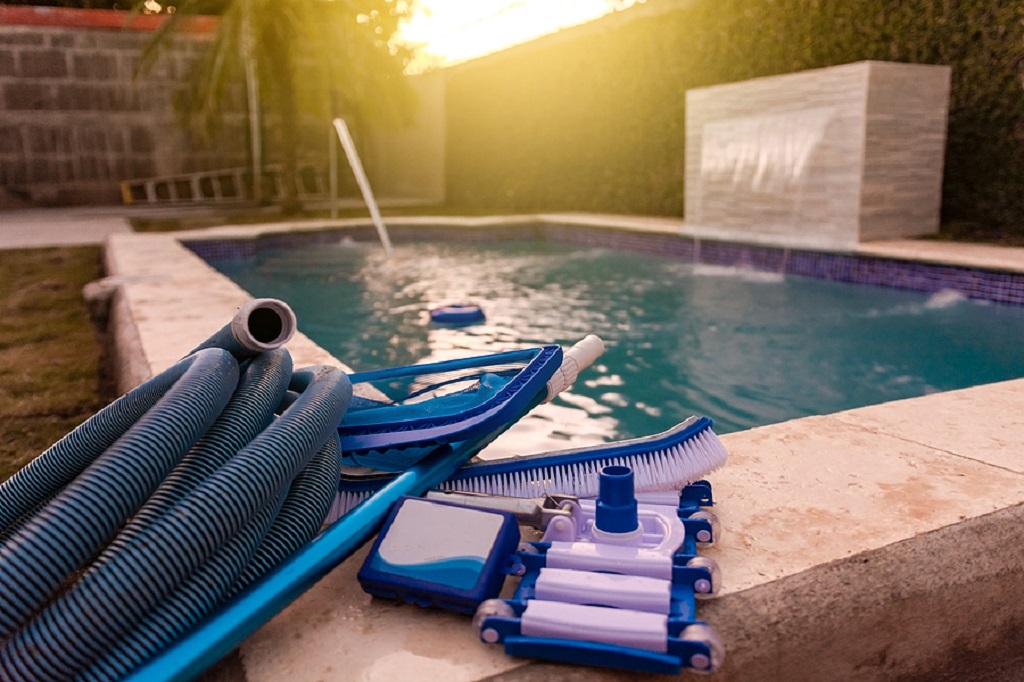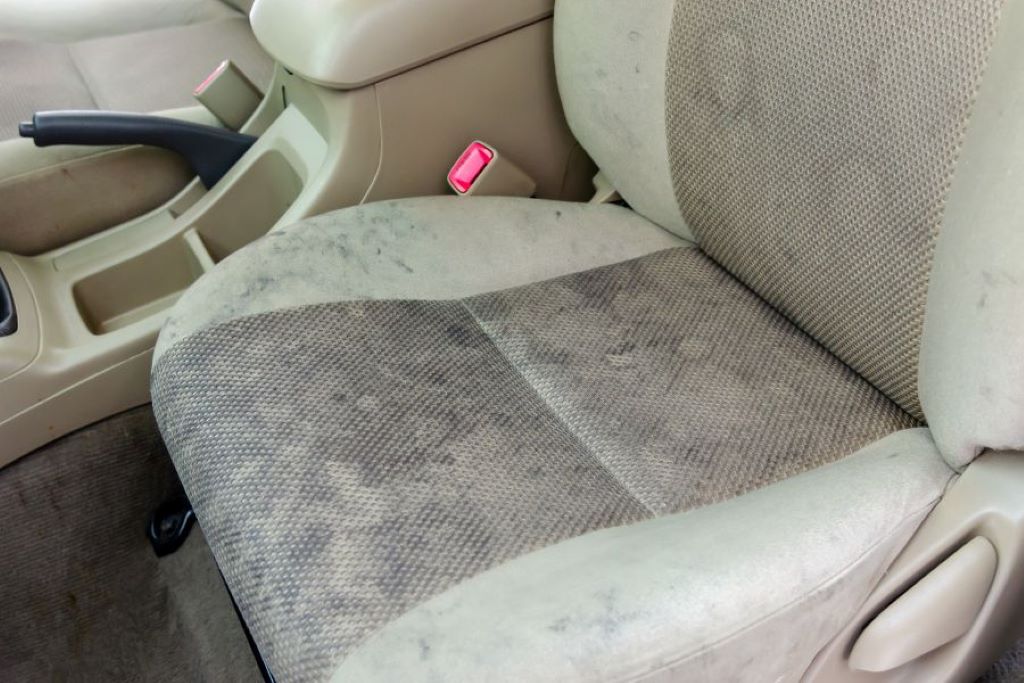If you have a drain cleanout in your home, you may find it to be an unsightly feature that detracts from the overall aesthetics of your living space. Despite this, it plays a crucial role in facilitating plumbing maintenance and access. Fortunately, there are several effective ways to conceal or obscure a drain cleanout, which can help to improve the visual appeal of your home. By implementing these methods, you can ensure that your drain cleanout is both functional and visually pleasing.
What is a Drain Cleanout?
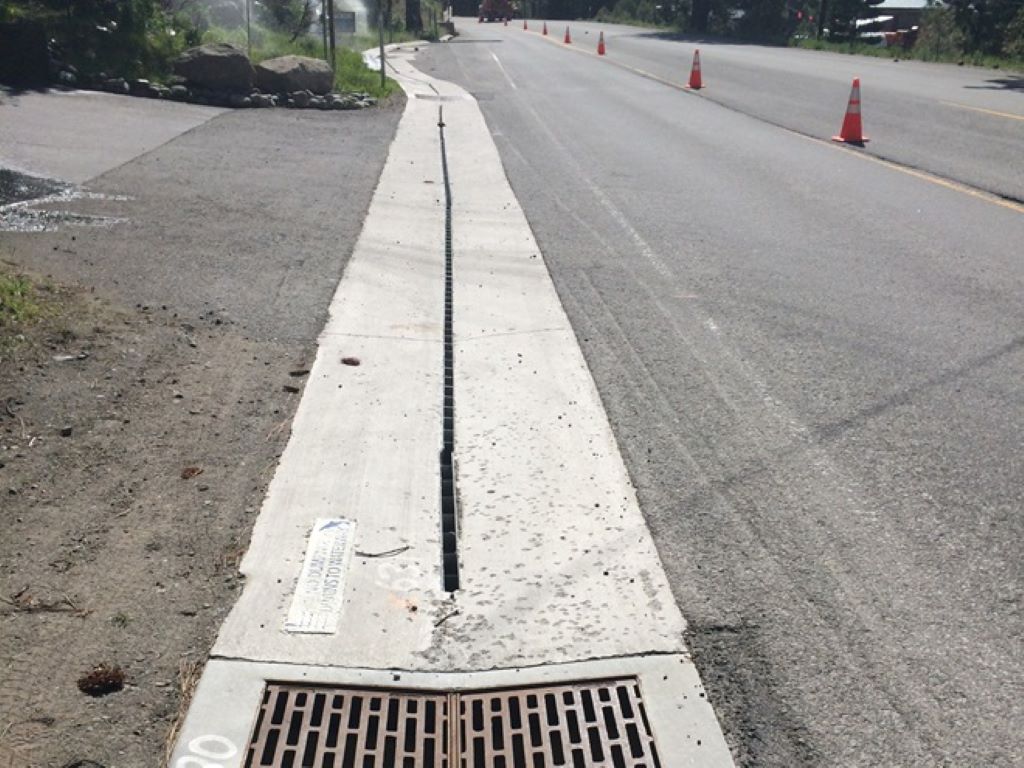
A drain cleanout is an access point to the main waste pipe that allows plumbers to snake out clogs. It consists of a removable plug and a pipe that leads directly to the main sewer line. Cleanouts are usually installed at turns and junctions in the pipe system.
Plumbing code requires cleanouts to be accessible. They are normally found either outside the home or in basements and utility rooms. However, cleanouts are sometimes placed in main living spaces for convenience. This can leave them exposed and unsightly. If you’re looking to maintain the functionality while improving aesthetics, discover how to hide sewer cleanout in basement, allowing for seamless integration with the surrounding space.
Why Hide a Drain Cleanout?
There are a few reasons you may want to hide a drain cleanout:
- Improve appearance – Exposed cleanouts can be an eyesore or clash with your décor. Hiding it creates a more attractive space.
- Avoid damage – Concealed cleanouts are less prone to accidental bumps and scuffs. This prevents cracking and leaks.
- Increase safety – Covering the opening avoids curious children tampering with it. This prevents hazardous accidents.
- Reduce odor – Disguised cleanouts help contain any sewer gases that may escape. This prevents unpleasant smells in the home.
While cleanouts need to remain accessible, you can make them less obtrusive in a variety of ways.
Tips for Hiding a Drain Cleanout
Use a Cleanout Cover
The simplest option is installing a cleanout cover. These are available at hardware stores and home improvement centers. Covers screw or fasten over the opening. They have a removable lid or flap to provide access when needed.
Cleanout covers come in a variety of colors and finishes. Opt for one that matches your flooring or walls to help it blend in. For a seamless look, choose a tile pattern or wood grain finish.
Install a False Floor
Building a raised false floor is an effective way to conceal a floor cleanout. This involves constructing a platform around the cleanout. You can make it out of wood, tile, laminate flooring, or other materials.
Leave an access panel that can be removed to get to the cleanout. Use removable adhesive tiles or screw-down panels for easy access. Make sure the opening is large enough for snakes and tools.
The false flooring should be level with the rest of the room’s floor. Transition trim can help blend the seams. This creates the illusion of a continuous floor surface.
Use Furniture or Decor
Furniture placement can often hide cleanouts in basements, utility rooms, and garages. Try covering it with a storage shelf, cabinet, or freestanding coat rack. Just be sure not to permanently block access.
For cleanouts in living spaces, use décor to disguise them. Put a plant, basket, or ottoman over the location. You can still access it when needed by simply sliding the object aside temporarily.
Build a Wall Bump-Out
Framing a small wall bump-out creates a boxed-in enclosure for recessed cleanouts. Drywall, wood panels, or other finishes will conceal it from view. Be sure to make the wall removable or include a service door for plumbers to open.
Wall bump-outs can seamlessly integrate into room corners. Or, they can protrude slightly while still covering the cleanout opening. This allows flexibility based on your space.
Use a Cleanout Recess Box
For a quick and easy solution, install a recessed cleanout access box. These plastic or metal boxes sit behind the wall surface. The cleanout pipe feeds into them with the plug inside the box.
Close off the recess box with a removable cover plate or access door. This creates a discrete access point that blends with drywall, tile, or other finishes. The cleanout remains reachable but out of sight.
Extend the Cleanout Higher
If you have a floor cleanout, extending the pipe up higher provides more options for concealing it:
- Build a full or mid-height wall in front of it.
- Box it in with cabinetry or furniture against the wall.
- Create a soffit or dropped ceiling to hide it above.
- Use a combination of these techniques for maximum concealment.
Any enclosure will need an access panel to reach the raised cleanout pipe. Consider functionality when determining the new height.
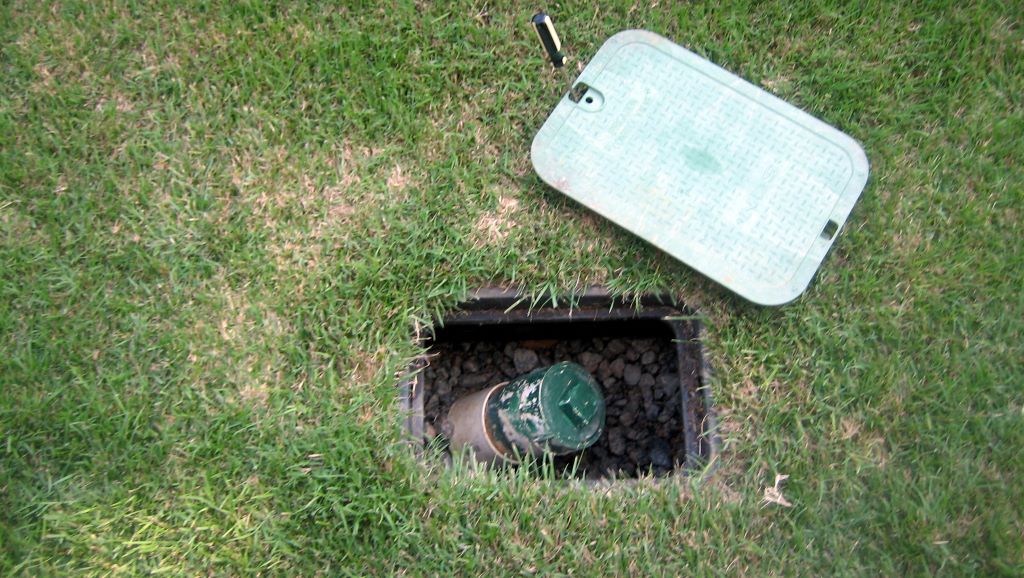
Tips for Accessing a Concealed Cleanout
The key with any cleanout hiding strategy is preserving accessibility. Here are some tips to ensure you can still service a covered cleanout when needed:
- Note the cleanout location on your home plumbing map. Mark it on building plans if renovating.
- Keep all boxes, doors, and access panels easily removable. Avoid permanently sealing them.
- Label concealed cleanouts. Stick reminder stickers inside cabinets and on hidden access panels.
- Inform plumbers, contractors, and anyone else who may need access.
- Keep the area around concealed cleanouts clear. Don’t block with furniture or storage items.
- Test accessibility annually. Remove coverings to ensure the cleanout can still be opened.
- Take photos of the exposed cleanout before covering. Reference them to locate it in the future.
With careful installation and marking, you can retrieve tools, remove plugs, and snake out clogs on hidden cleanouts when plumbing issues arise.
Professional Help Hiding Drain Cleanouts
Some cleanout concealment projects are complex. Trying to DIY without experience could lead to plumbing problems or inaccessible cleanouts. In such cases, it’s best to hire a professional.
Plumbers can advise on the best solutions for your specific cleanout situation. They can also handle any pipe adjustments needed to extend or relocate the drain access point. This ensures proper positioning and functionality.
Carpenters can construct sturdy false floors or wall bump-outs. Tile setters and finish crews can blend these enclosures seamlessly into the surroundings. Electricians can install lighting to illuminate concealed cleanout spaces.
For a fully integrated result, hire a general contractor to oversee the cleanout hiding project. They can coordinate all the necessary tradespeople to get the job done right.
Maintaining Hidden Drain Cleanouts
Once a cleanout is concealed, be diligent about ongoing maintenance:
- Inspect for leaks annually – Check under coverings for moisture that could indicate loose fittings or pipe cracks. Address any problems immediately to prevent rot or mold.
- Flush water through sinks and drains nearby frequently. This keeps the line clear of obstructions that could lead to clogs requiring cleanout access.
- Listen for gurgling or other noises when fixtures drain. Unusual sounds can indicate a blockage forming.
- Check for sewer odors in the area, which may mean the cleanout seal needs replacing.
Take preventative measures to reduce the need for emergency cleanout access. But be prepared to take covers down or open access panels if major plumbing service is required.
Pros and Cons of Concealing Drain Cleanouts
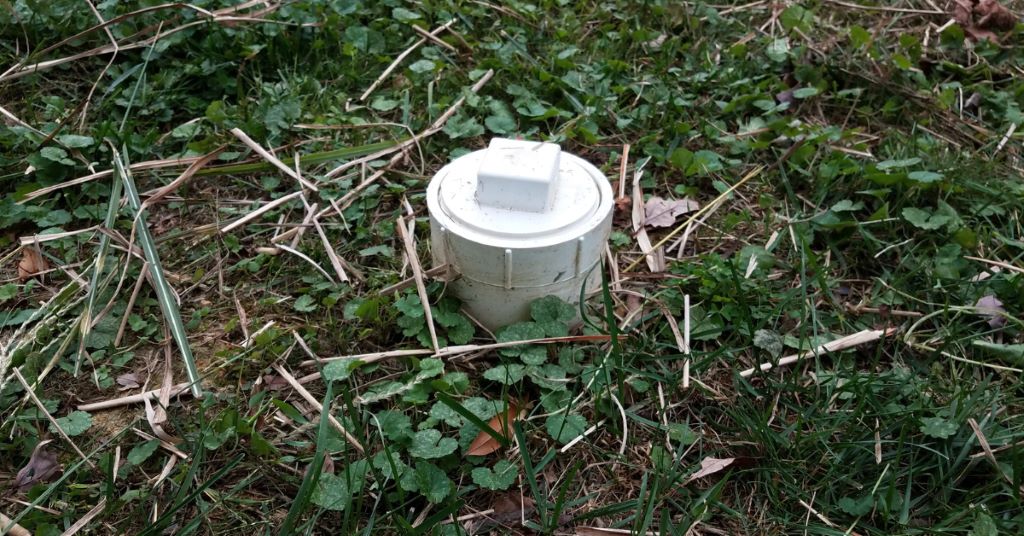
Pros:
- Improved appearance for a seamless look
- Reduced visibility prevents tampering or damage
- Odor containment from covered openings
- Flexible design options to suit your space
Cons:
- Limited accessibility for plumbing repairs
- Risk of forgetting locations behind walls or under flooring
- Leaks can go undetected if not regularly inspected
- Higher installation cost than basic cover plates
Weigh the benefits and drawbacks when deciding if and how to hide your drain cleanouts. Your accessibility needs, décor, and budget can help determine the best solution.
FAQs
1. Can I completely seal off a drain cleanout?
No, you should never fully seal a cleanout. Plumbing code requires them to remain accessible. Completely blocking one could lead to serious sewer backup issues if clogs occur. Opt to conceal cleanouts in a way that still allows access.
2. Will covering a cleanout cause sewer gases to back up?
It shouldn’t, as long as the cleanout pipe and seal remain intact. Properly installed covers contain any gases while allowing plumbers to access the pipe when needed. But periodic inspections for leaks are a good idea. Signs of sewer odors could mean the seal needs replacing.
3. Can I put drywall, laminate flooring, or tile directly over a cleanout?
No. These permanent finishes could lead to expensive repairs if the cleanout needs accessing. It’s better to frame around the cleanout and make one section removable for service access.
4. Where should I locate the cleanout access door?
Place it somewhere discreet but easy to find. In flooring, near edges or corners is ideal. On walls, near the ceiling is subtler. Be sure access doors blend with surroundings when closed.
5. How often should I remove a cleanout cover to check the pipe?
Annually is recommended, when doing a plumbing inspection. Checking for leaks, obstructions, and other issues ensures it’s maintained properly. It also confirms you can still access the cleanout if an emergency arises before re-covering it.
Conclusion
Drain cleanouts are important plumbing features that sometimes need to be hidden. With creative concealment techniques, you can disguise cleanouts in floors, walls, and other locations. Just take care to retain accessibility. When learning how to remove a shower drain, it’s essential to maintain access panels and be aware of cleanout locations. Periodically checking to ensure covered cleanouts remain fully functional is crucial. With the right approach, you can hide unsightly cleanouts, providing a seamless appearance while still allowing easy access for addressing plumbing issues when they occur.



